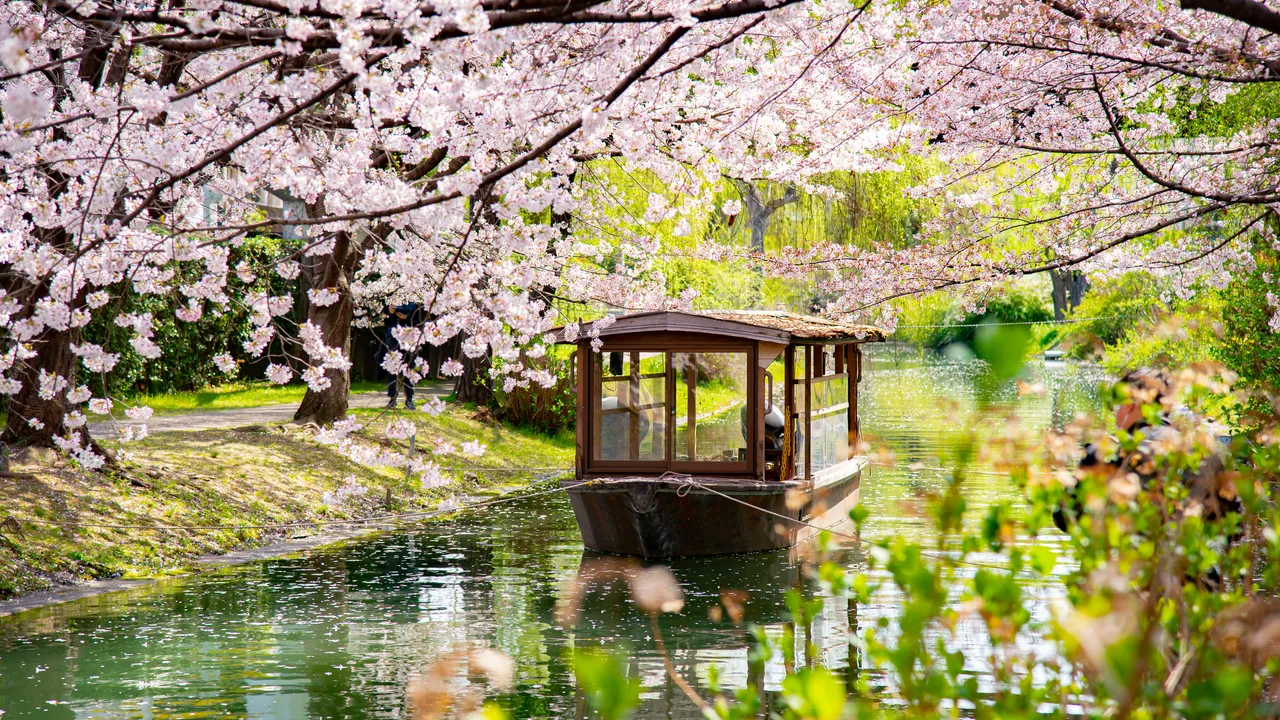The Importance of Blanket Bogs: A Shared Heritage
Blanket bogs, covering flat or sloping landscapes in cool, wet climates, are among Europe’s rarest habitats, with Scotland and Ireland hosting a significant portion. As Forestry and Land Scotland notes, healthy bogs store vast amounts of carbon—Scotland’s 2.5 million football pitches’ worth sequesters nearly 3,000 million tonnes—while supporting unique species like sphagnum mosses, golden plovers, and marsh fritillary butterflies. They also act as natural sponges, filtering rainwater to improve water quality and reduce flooding, potentially lowering treatment costs. However, human activities, including post-World War II drainage and conifer planting, have degraded 80% of UK and Irish bogs, turning them into carbon emitters rather than sinks.
In Scotland, FLS’s Peatland Action programme, funded by the Scottish Government, restored 10,360 hectares in 2023–24, the highest annual total yet. Ireland, where peatlands cover 21% of the land and hold 64% of soil carbon, faces similar challenges. The Nature Trust’s 2023 project, backed by Amazon’s Right Now Climate Fund, aims to restore 500 hectares, while Coillte’s Wild Western Peatlands project targets 2,000 hectares at Derryclare. Both nations recognize restoration’s role in achieving net-zero goals—Scotland by 2045, Ireland by 2050—making cross-border learning essential.
The Visit: A Cross-Border Exchange
The May 2024 visit built on a 2023 field trip where Ian and Tim showcased Scottish restoration sites to Coillte Nature. Ian McKee, FLS’s Peatland Technical Advisor from County Antrim, brings decades of experience, having authored Ireland’s first “forest to bog” plan in County Tyrone in 2005. Tim Cockerill, a Peatland Restoration Forester in North Highland, complements Ian’s expertise with hands-on restoration knowledge. Their Irish counterparts, Coillte Nature, are scaling up blanket bog restoration under the Wild Western Peatlands project, making the exchange timely.
The itinerary included:
- County Mayo: Inspection of blanket bogs restored 15–20 years ago, offering long-term insights into vegetation recovery and hydrology.
- Derryclare, Connemara: A 2,000-hectare pilot site where Coillte plans to restore 280 hectares over 10 years, applying lessons from Scotland.
- Workshops: Discussions on techniques, contractor training, and habitat impacts, coordinated by NatureScot’s Peatland ACTION team.
The visit coincided with World Peatland Day (June 2, 2024), amplifying its significance as Scotland announced doubled restoration rates. Scottish contractors also joined to learn about “forest to bog” techniques, supporting Peatland ACTION’s goal to expand the workforce.
Lessons from County Mayo: Long-Term Restoration Insights
In County Mayo, the team explored bogs restored in the early 2000s, where conifers were removed, drains blocked, and water tables raised to encourage sphagnum moss growth—the foundation of a functioning bog. These sites, now 15–20 years post-restoration, offered a window into long-term outcomes. Ian noted similarities to Scottish projects, particularly in peat characteristics and hydrology, but observed differences in vegetation recovery due to Ireland’s milder climate.
Key Observations:
- Hydrology: Peat dams, installed to block drainage channels, successfully rewetted bogs, with pools supporting bog-forming mosses like Sphagnum cuspidatum. However, some areas showed uneven rewetting, suggesting a need for more dams or ground smoothing.
- Biodiversity: Species like purple moor grass (Molinia caerulea) and black bog rush (Schoenus nigricans), typical of Atlantic blanket bogs, were thriving, but invasive species required ongoing management.
- Carbon Storage: Restored bogs were transitioning from carbon emitters to sinks, though full recovery could take decades, aligning with RSPB findings that wetter bogs store more carbon.
The Mayo sites underscored the importance of early intervention. As Ian remarked, “The sooner we restore, the less carbon is lost.” Coillte’s team, planning large-scale projects, noted the need for adaptive management to address site-specific challenges like slope and peat depth.
Derryclare: A Pilot for the Future
The Derryclare site in Connemara, part of Coillte’s Wild Western Peatlands project, was a highlight. This 2,000-hectare former conifer plantation, with a 280-hectare restoration plan submitted to Galway County Council, mirrors Scottish sites like Gow Moss in Moray. Ian found Derryclare’s peat characteristics, slopes, and hydrology “very similar” to northern Scotland, making it an ideal testing ground for Scottish techniques.
Scottish Innovations Applied
- Stump Flipping and Ground Smoothing: Developed by FLS, this technique addresses ridges and furrows left by conifer ploughing. After tree removal, stumps and peaty ridges are pushed into furrows, creating level ground that rewets evenly. At Craggie in Scotland, three growing seasons post-smoothing saw sphagnum mosses flourish, a result Coillte aims to replicate.
- Peat Dams: Blocking drains with peat dams, using low-pressure excavators, raises water tables. Coillte observed FLS’s methods, which minimize vegetation damage, for adoption at Derryclare.
- Monitoring: FLS shared drone and LiDAR surveying techniques to track rewetting and moss growth, enhancing Coillte’s data collection.
Coillte’s contractors, central to the project’s success, gained practical insights from FLS’s approach, which is less invasive and accelerates recovery. A detailed management plan for Derryclare, informed by the visit, emphasizes stakeholder collaboration, including local farmers and ecologists, to ensure ecological and community benefits.
Technological Advancements in Peatland Restoration
The visit highlighted technology’s role in scaling restoration. Both FLS and Coillte leverage advanced tools to enhance efficiency and outcomes:
- Drones: FLS uses drones for high-resolution imaging and GPS mapping, identifying drainage patterns and monitoring vegetation. Coillte plans to adopt drones for Derryclare, inspired by FLS’s 930-hectare rhododendron treatment in 2023–24.
- LiDAR: This laser-based mapping creates 3D models of bog topography, guiding dam placement and smoothing. FLS’s LiDAR surveys in the Flow Country, a UNESCO World Heritage Site, informed Coillte’s approach to complex terrains.
- Low-Pressure Excavators: Used for peat dam installation and ground smoothing, these machines minimize soil disturbance, as seen in Bord na Móna’s restoration of 7,273 hectares in Ireland.
- Smart Indicators: Coillte’s WaterLANDS project in Cuilcagh-Anierin uses hydrological and ecological sensors to monitor restoration impacts, a method FLS may explore for real-time data.
These technologies, combined with techniques like stump flipping, enable restoration at a landscape scale, critical for meeting ambitious targets. The IUCN UK Peatland Programme notes that 80% of UK peatlands are under restoration management, with tech driving efficiency.
Community and Economic Benefits
Restoration extends beyond ecology, creating jobs and engaging communities. In Ireland, Coillte’s projects employ local contractors, with training programs inspired by FLS’s contractor workshops. The WaterLANDS project in Leitrim and Cavan, involving 150 farmers restoring 600 hectares, shows how community-led restoration fosters ownership. In Scotland, FLS’s Peatland ACTION supports rural economies, with 2023–24 projects creating 350 jobs, many for former peat workers, echoing Bord na Móna’s “Just Transition” model.
Public awareness campaigns, like the Irish Peatland Conservation Council’s Bog of Allen Nature Centre, educate communities about bogs’ value. FLS and Coillte plan joint outreach in 2025, including virtual tours and school programs, to build support for restoration.
Challenges and Future Directions
Despite progress, challenges persist:
- Scale: Restoring 3,000 hectares annually (FLS) and 30,000 by 2050 (Coillte) requires sustained funding. Scotland’s £65 million Nature Restoration Fund and Ireland’s €108 million for Bord na Móna are steps forward, but more is needed.
- Climate Change: Warming climates may alter bog hydrology, necessitating adaptive techniques.
- Invasive Species: Rhododendron and residual conifer regrowth require ongoing management, as seen in Scotland’s rainforests.
- Community Buy-In: Engaging landowners, especially in Ireland’s fragmented bogs, is complex but critical.
In 2025, FLS and Coillte plan to:
- Expand contractor training, targeting 50 new specialists.
- Integrate AI-driven monitoring to predict restoration outcomes.
- Launch a joint research initiative with NatureScot and the National Parks and Wildlife Service to refine stump flipping for diverse bog types.
- Advocate for €20 million annual funding to accelerate Ireland’s restoration.
These steps align with the UN Decade of Ecosystem Restoration and Scotland’s UNESCO Flow Country model, positioning both nations as global leaders.
Why It Matters: A Global Imperative
Peatlands are climate superheroes, storing more carbon than all European forests combined. Restoring them is a low-cost, high-impact solution, with RSPB studies showing economic benefits outweighing costs through reduced emissions, better water quality, and flood prevention. Scotland and Ireland, holding 8% of global blanket bogs, have a unique responsibility. The visit strengthened this shared mission, with Ian noting, “Derryclare reminded me of our northern projects. We’re on the same path.”
The exchange also inspired global relevance. The Society for Ecological Restoration highlights peatland restoration as key to biodiversity and resilience, with lessons from Scotland and Ireland applicable to degraded bogs in Wales, England, and beyond.
Final Thoughts
The FLS peatland team’s visit to Irish blanket bog sites was a milestone in cross-border collaboration, blending Scottish innovation with Irish ambition. From Mayo’s long-restored bogs to Derryclare’s pilot, the team shared techniques like stump flipping, leveraged technologies like drones and LiDAR, and laid the groundwork for 2025’s scaled-up efforts. As both nations target net-zero, restoring blanket bogs is a beacon of hope—locking carbon, reviving wildlife, and uniting communities. Join the effort by visiting forestryandland.gov.scot or coillte.ie to learn more or volunteer. Together, Scotland and Ireland are rewriting the story of their peatlands, one dam, one moss, one hectare at a time.





Leave a Reply